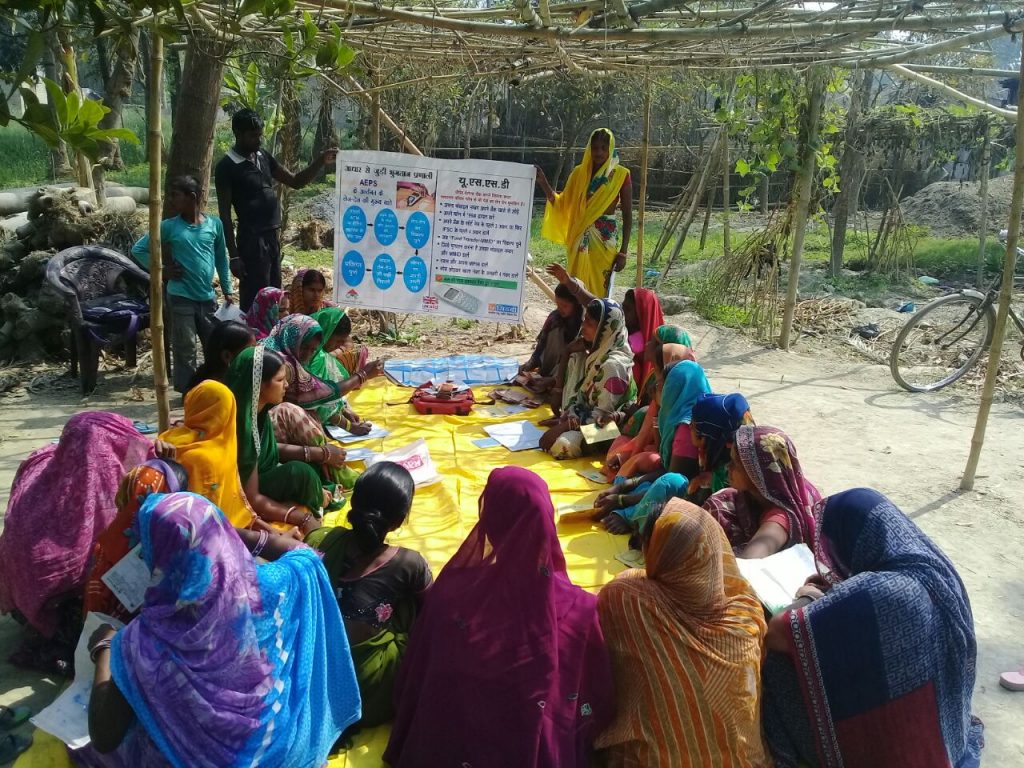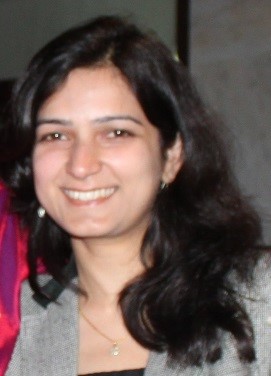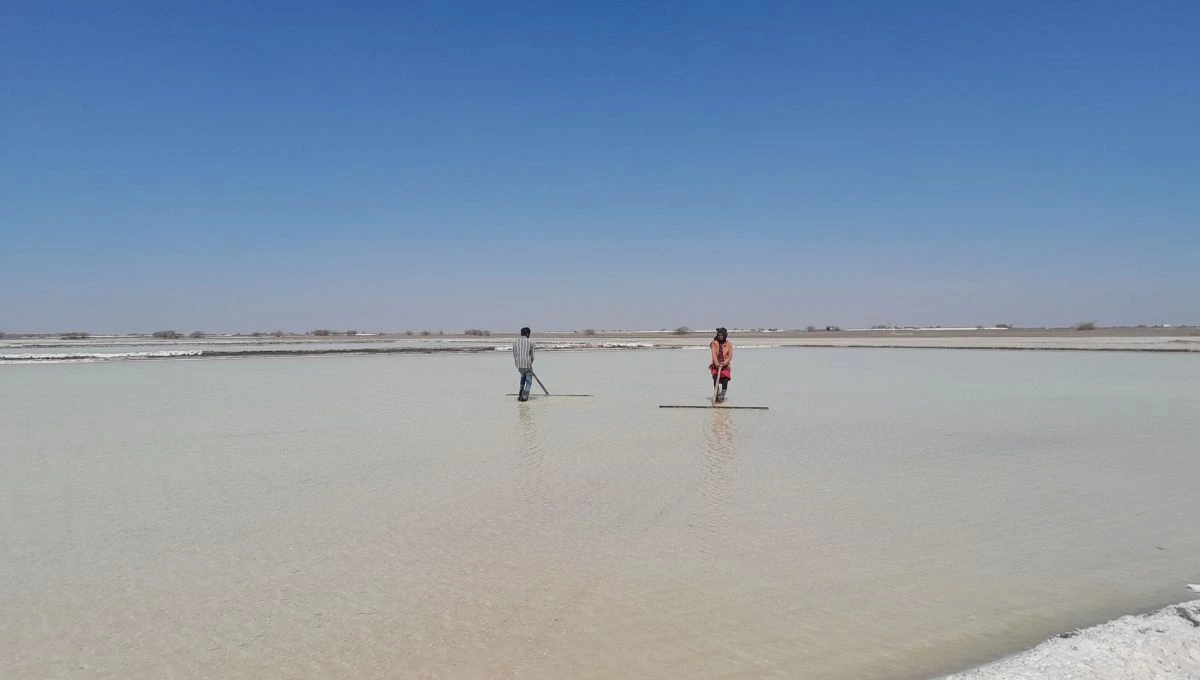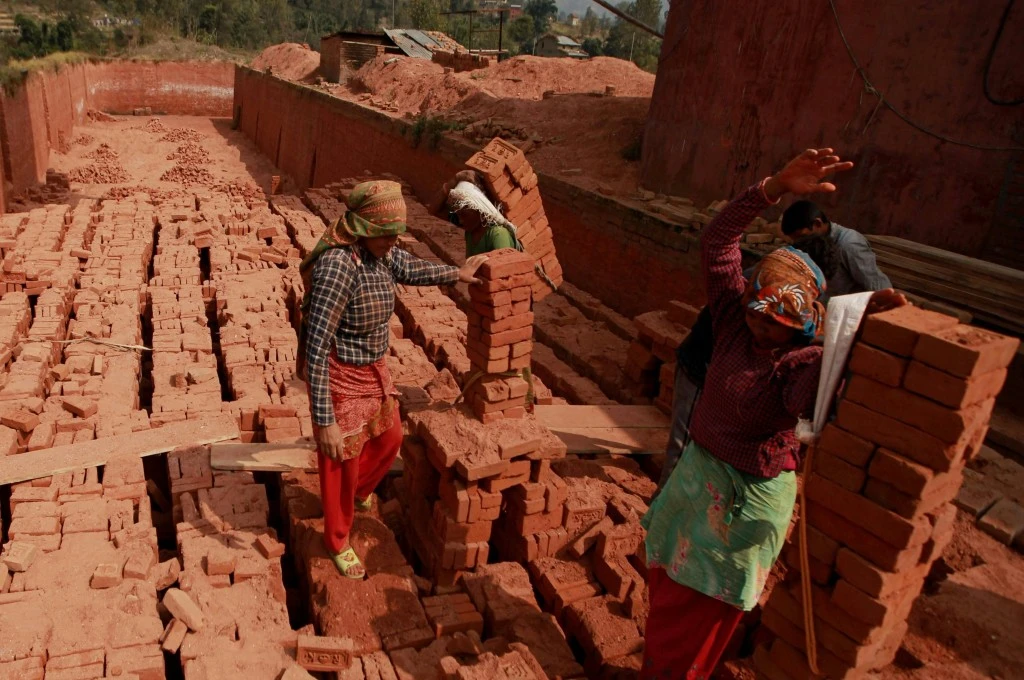In recent times, financial inclusion has received tremendous attention from policymakers as a development objective. They see it as a prime facilitator for the efficient delivery of social programmes like the Mahatma Gandhi National Rural Employment Guarantee Act (MGNREGA) or other Direct Benefit Transfer (DBT) enabled schemes. As a result, achieving greater financial inclusion now tops the policy priorities for inclusive growth in India.
And this focus shows up in the numbers. The percentage of adults who have a bank account in India increased to 80 percent of the population in 2017, up from 53 percent in 2014. The Pradhan Mantri Jan Dhan Yojana (PMJDY), which was announced in 2014, helped open 36 crore bank accounts, with over 50 percent of these account holders being women. The gender gap in account ownership has also shrunk from 20 percent three years ago, to six percent today.
Related article: The missing women in finance

However, a closer look at these numbers reveals gaps, primarily around usage. While access may have improved with supply-side efforts, demand-side efforts for financial inclusion still attract little focus and investment in India. This is evident in half of the new accounts being inactive, especially for women account holders.1
Women in rural areas are intimidated by the male dominated physical banking space and the English dominated online financial interfaces.
One of the primary barriers to active usage of formal financial services is the lack of financial literacy. Women in rural areas have limited or no access to information on how to engage with the continuously evolving formal financial space, especially when it is online and digital. They also have limited literacy levels, constrained mobility and access to public spaces, and are intimidated by the male dominated physical banking space and the English dominated online financial interfaces.
In a country where 23.5 percent of rural households have no literate adult above the age of 25 (one of the categories of deprivation measured by the Socio-Economic Caste Census 2011), and of the 64 percent literate rural Indians, more than a fifth have not even completed primary school, it is not only important—but essential—to have a systematic platform for financial education.
The inability to understand and engage conveniently with the formal financial space has huge implications on the financial behaviour of these households. This is further exacerbated by language, connectivity, and socio-cultural barriers.
National level efforts to enhance financial literacy have been focused on setting up of Financial Literacy and Counselling Centres (FLCCs) by lead banks of a district. FLCCs are meant to be the district level structures for imparting financial education. However, they have not been very effective, especially given their camp-based approach to financial education and limited outreach.


A gendered approach to financial education has a positive ripple effect on other key socio-economic indicators | Picture courtesy: SIDBI PSIG
Financial exclusion for women is different from that for men
To make sure women benefit as much as possible from the programme, it is important to understand why financial exclusion for women is different from financial exclusion for men.
It is important to understand why financial exclusion for women is different from financial exclusion for men
SIDBI’s PSIG programme, supported by the Government of UK, offers key insights into how a gendered approach to financial education and capacity building has a positive ripple effect on household health, sanitation, education, and other key socio-economic indicators.
The Financial Literacy & Women Empowerment (FLWE) programme comprised pilot and scale-up programmes on gender and financial capability building, and was implemented in four states—Uttar Pradesh, Bihar, Madhya Pradesh, and Odisha.
Related article: The problem with ‘women empowerment’ schemes
The programme focused on capacity building of rural women on gender issues, their rights and entitlements, basic health, sanitation, and a detailed module on financial well-being. It used a mix of classroom teaching, learning by doing, audio-visuals, and technology-based interactive platforms for delivering trainings. Each woman received an average of 30 hours of training over 15-18 months. The trainers were chosen from amongst the community and trainings were followed by financial linkages, mass awareness camps, exposure visits to ATMs and banks, which helped these women to link with financial products and services of their choice.
The independent endline evaluation of the programme revealed a number of benefits for women. The trainings and exposure visits raised their confidence in dealing with formal financial institutions, enabled them to play greater role in household financial decision-making, and resulted in positive change in attitude of male members who attended the trainings. In terms of numbers:
- Subscription to local ponzi schemes went down from 32 percent to two percent.
- The number of women contacting their local microfinance institution staff for assistance rose from 41 percent to 66 percent, as women began to understand grievance redressal mechanisms.
- There was an improvement in awareness of MNREGA benefits; it rose from 13 to 33 percent.
- Clients opting for insurance increased from 53 percent to 85 percent.
Key learnings about building financial capability for low-income women across geographies and languages
Having helped build the financial capabilities of more than five lakh women in four states we learnt a great deal about financial capability building for low-income women across geographies, and in diverse languages.
Programme design
- Financial capability programmes have to be integrated with gender issues to effectively address barriers to women’s financial inclusion. Gender integrated FLWE programmes have strong returns, not only in terms of improved financial behaviour, but also improved mobility and higher confidence.
- Behaviourally-informed content and visual aids using storytelling helps in better retention of financial concepts by women.
- Mobile IVR based short episodes on FLWE are also effective in providing customised need-based learning. However, it has to be complemented initially with on-ground volunteers and frontline workers to create awareness and demonstrate usage of such platforms.
- FLWE programmes generate increased demand for financial services. However, when women face problem in accessing these services through local institutions, it demotivates them and erodes their confidence. It is therefore important to bring all stakeholders—like local bankers, government departments, and panchayat office bearers—on one platform in the community. This can be effectively through mass awareness camps where the local functionaries interact with the local community about financial services and products.
Related article: Financial inclusion: The key to closing India’s gender gap
Outcomes for women
- Women were able to cope better during stress periods and financial emergencies, as the programmes improved savings, provided the women an understanding of entitlements under government schemes, and access to financial security measures like insurance and pension.
- Financial capacity building followed by financial linkages leads to better understanding about accessing relevant financial products from right institutions. It also leads to significant reduction in vulnerability to financial frauds and ponzi schemes.
- There was a significant change in women’s perception. Prior to the training, women perceived financial products as a ‘luxury’, suitable only for the better-off households.
- Women with very low levels of family income and very low levels of education benefitted significantly from the trainings imparted. The evaluations confirm the highest value of training for the most disadvantaged segment.
- More participation by men in trainings encourages joint decision-making at a household level. However, given field realities and socio-cultural taboos, it is difficult to ensure regular participation of men and women at the same time.
Women’s lack of independent disposable income is the key barrier to increased usage of financial products. The FLWE programmes witnessed an overwhelming demand from women for skill development and income generating activities. Our research corroborated that active account usage, and usage of financial products increases if women are gainfully employed.
There is an urgent need for greater investment on the demand side of financial inclusion using gender integrated approaches to financial capability building, so we can extend the gains of more women having bank accounts, to more women meaningfully using important financial services like insurance, credit, and the next frontier of cashless and mobile financial services.
- 54 percent of women account holders reported not using their account, as opposed to 43 percent male accountholders.




